Natural disaster resilience down the drain as Aussies prioritise bathroom renos
New research reveals we would rather spend money on cosmetic renovations than protecting our homes against natural disasters.
Share
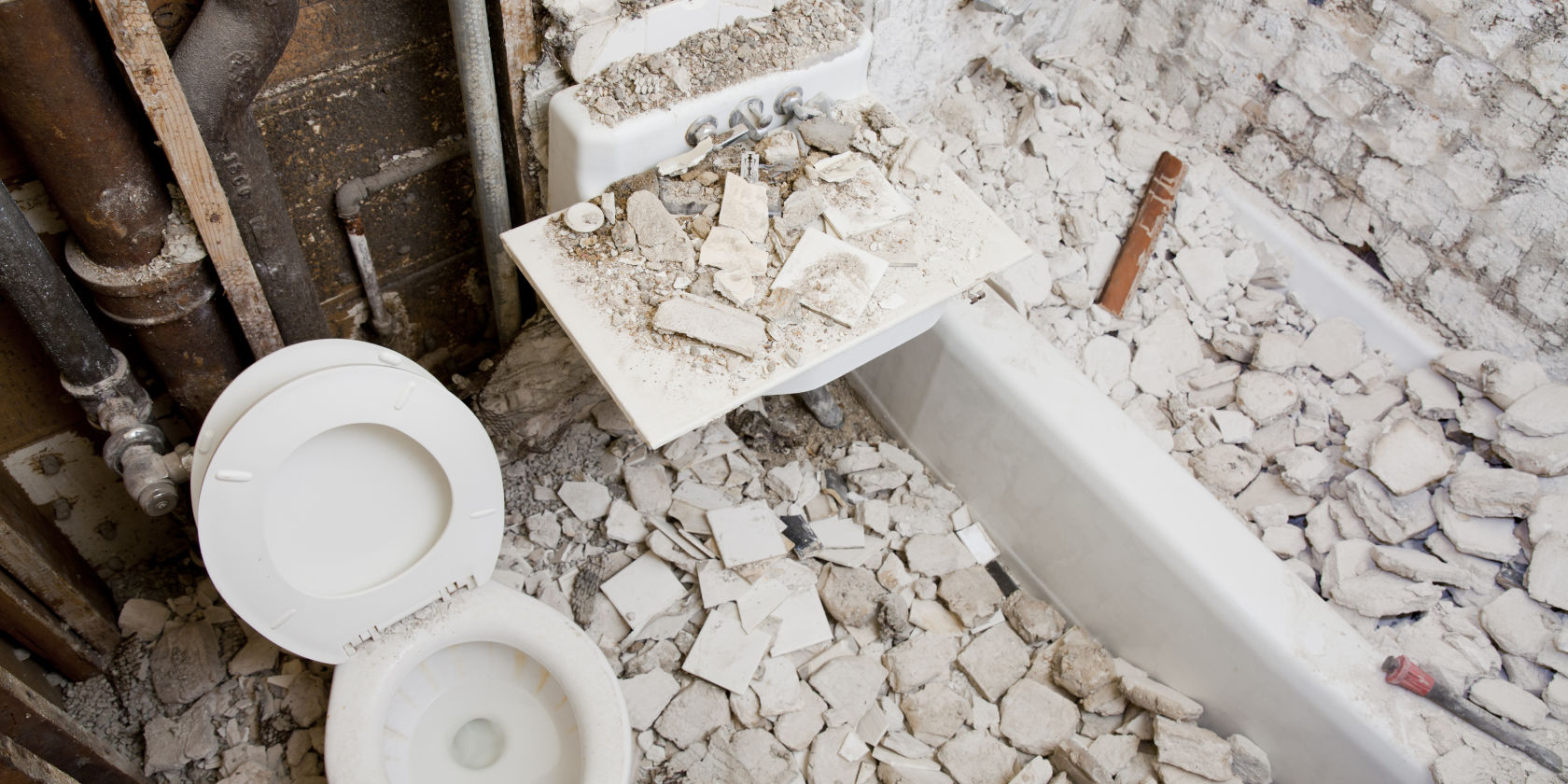
As thousands of Australians continue the clean up after the East Coast floods, Suncorp research has found eight in ten homeowners show little interest in spending to make their home more resilient to natural disasters.
According to the research;
- 49 per cent of Australian homeowners expect to see more disasters in the next 12 months.
- 62 per cent are opting for interior updates such as kitchens and bathrooms over natural disaster resilience.
- 49 per cent prefer landscaping over making their homes stronger.
Suncorp Insurance Product & Portfolio CEO Lisa Harrison said it was alarming that homeowners prioritise aesthetics over the strength and protection of their homes.
"We're a country ravaged by cyclones, bushfires and floods, but the property market places greater value on luxury upgrades ahead of a strong, resilient home," she said.
“Once a disaster happens, the lives of those affected can be upended completely. The structural integrity of a home can be severely damaged by any natural disaster, leaving the home uninhabitable for months.
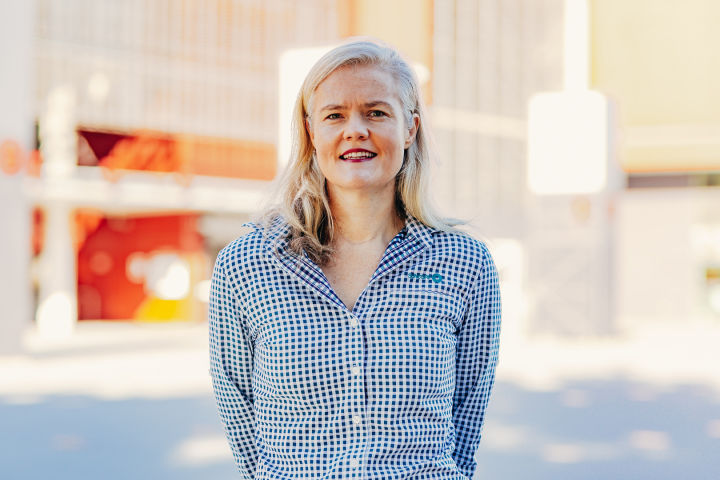
CEO Insurance Product & Portfolio Lisa Harrison
“Families are also forced to decide whether they should rebuild or move on from disaster-prone areas. Leaving homes and communities they’ve known and loved is not an easy choice for anyone and has wider economic ramifications.”
To make these decisions a little easier for customers, Suncorp has teamed up with CSIRO, James Cook University (JCU) and Room11 Architects to design, prototype and test what could be Australia’s most resilient home.
“The design is inspired by the iconic Queenslander,” said Room11 architect Thomas Bailey.
“We have reimagined it into a safer and stronger home, that is liveable and easy to maintain. Its features help withstand natural disasters while remaining comparative to the cost of any standard architecturally designed home.”
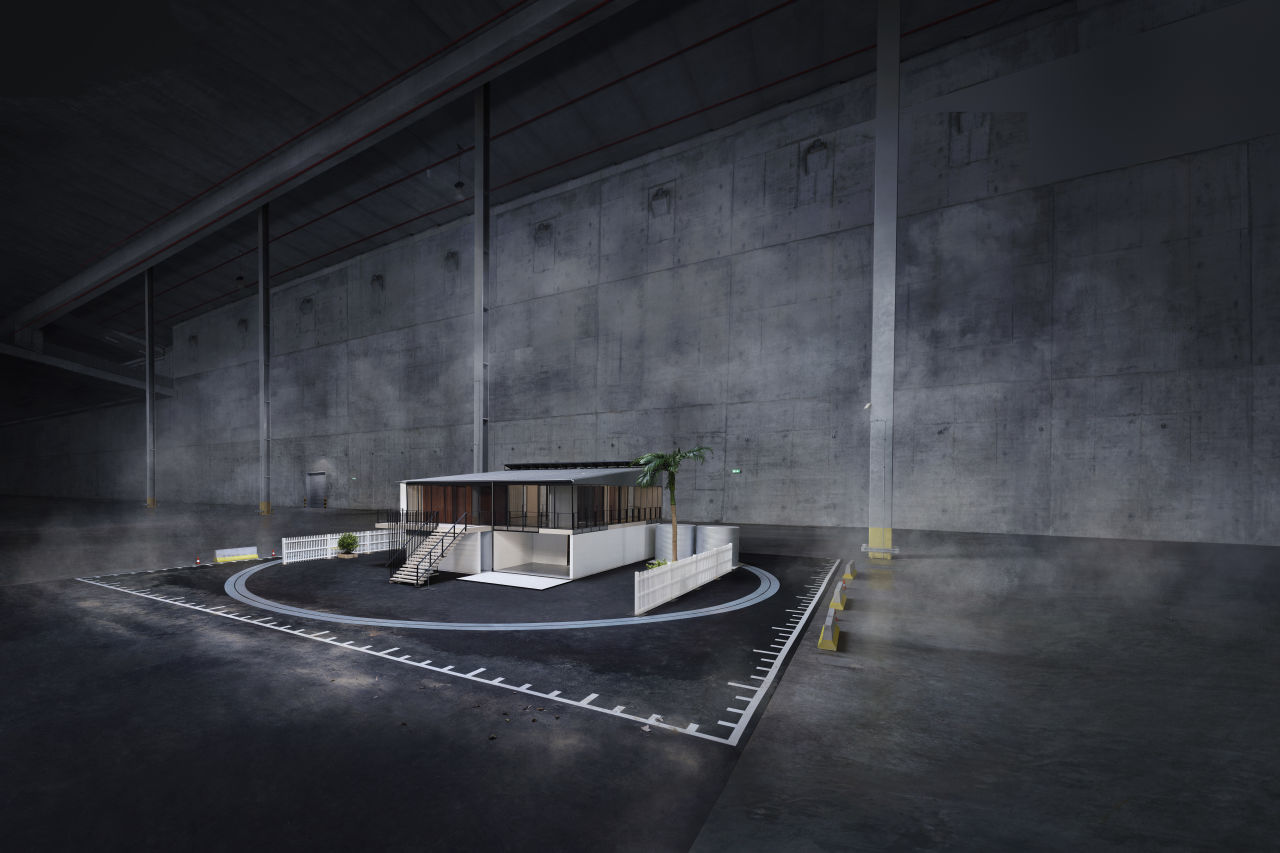
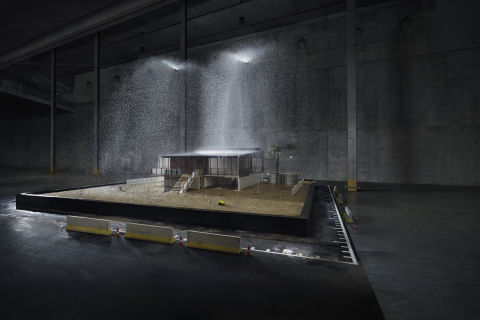
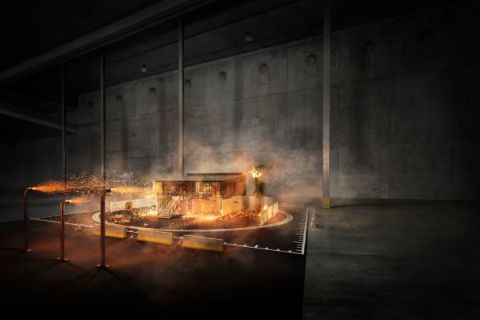
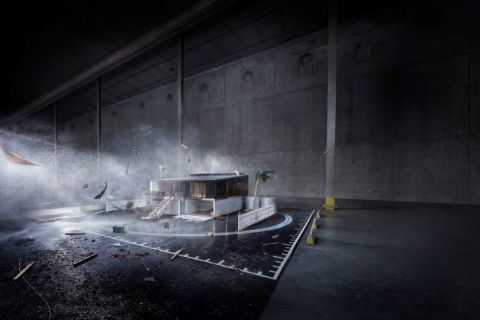
Chief Research Engineer of the Cyclone Testing Station at James Cook University Dr David Henderson said testing was a key part of the process.
“At our Cyclone Testing Station in Townsville and the CSIRO-operated Bushfire Burnover Facility in Southern New South Wales, we subjected specific features to a series of tests to understand what aspects of the house would fail or resist particular fire, cyclone and flood impacts.”
Research Leader of Bushfire Adaptation at CSIRO Justin Leonard has spent decades analysing the impact of fire on buildings: “What we’ve seen over many years is our housing is poorly suited to fire and burns down for minor reasons,” he said.
"Fire finds minor ways to get in and it’s the furniture that burns over many hours. It’s not about a house being unscathed; it’s about having a place to live after a fire – that's the definition of resilience.”
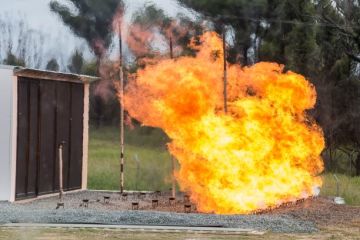
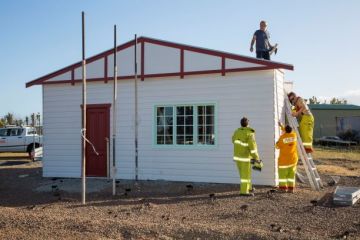
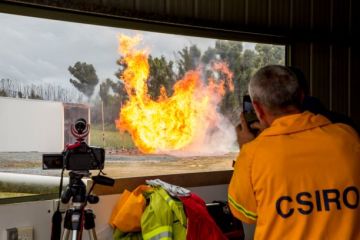
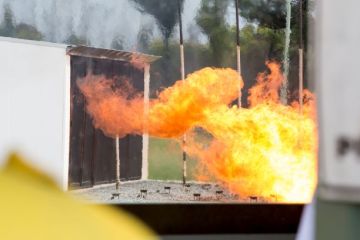
In addition to the prototype, Suncorp has introduced a new product feature within its Suncorp Insurance Home policies.
An Australian first, the Build it Back Better feature commits to customers that if their home is substantially damaged, they’ll rebuild it stronger with recommended resilience options, in addition to the customers’ sum insured.
“This is one way we can help customers incorporate resilience measures within their homes to better safeguard them against the types of damage they might face in their area,” Ms Harrison said.
“We know not everyone can replicate our prototype. We hope that Australians – whether building a new house, planning a reno or thinking about ways to add value to their existing home, can take away practical ideas from our research."
Some incremental, low-cost ideas for existing homes include:
- Installing fixed and operable high-performance mesh screens to slow down flame spread during a bushfire.
- Installing a dual tank system of two galvanised water tanks: one for firefighting so if the home is ever disconnected from its main water source, occupants could extinguish flames on site; the second a back-up water supply, ensuring occupants always have drinkable water.
- PVC plastic gutter fixings: In the event of a fire, fixings melt, and gutters become ‘sacrificial’ and safely fall away from the house. This helps protect the home from embers and reduces the likelihood of embers entering the back-up water supply, affecting its quality.
For new builds, the prototype contains examples of safeguarding against extreme weather, such as:
- Installing electrical wiring in the roof to prevent loss of power during a flood event.
- Installing power points and switches at least one metre above floor level to reduce the risk of electrical issues during flooding.
- Considering a roof shape that will minimise unnecessary junctions which are prone to wear and can allow embers into the home.
- Installing glazed windows and doors – which prevents water from entering the home and evenly distributes heat load over the glass, helping to prevent cracking.
#Media downloads
For further information contact:
Angela Wilkinson
Corporate Affairs, Suncorp Group
0477 395 119
angela.wilkinson@suncorp.com.au
Melissa Cronin
Corporate Affairs, Suncorp Group
0439 224 438
melissa.cronin@suncorp.com.au



